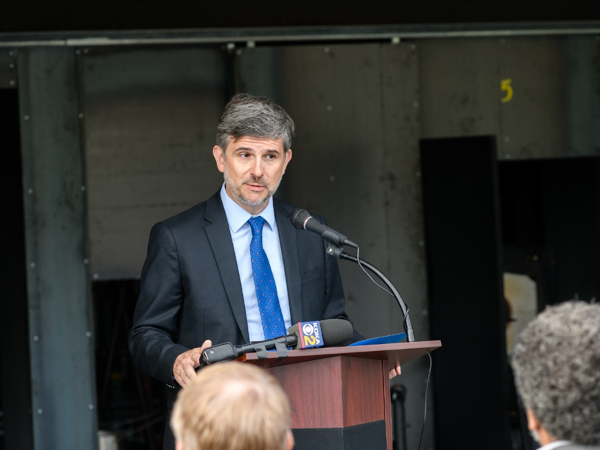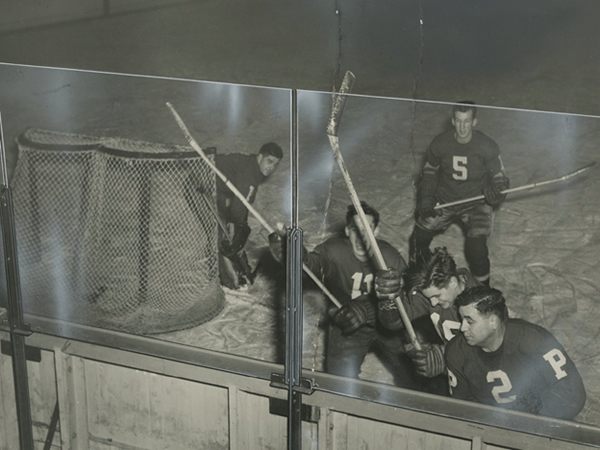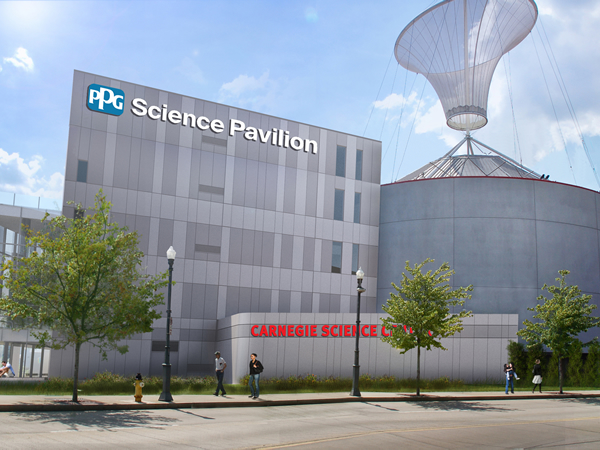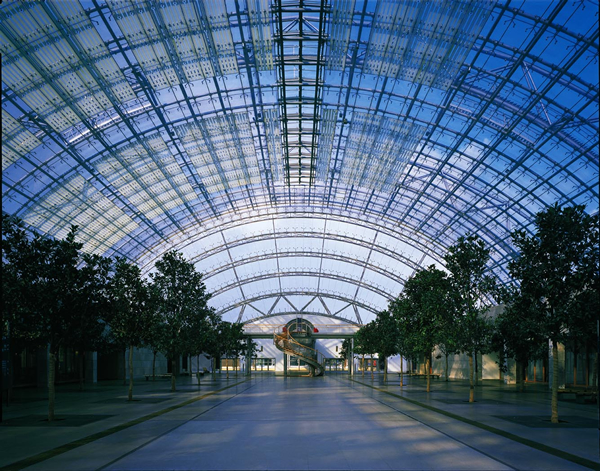Date: 19 February 2009
Thomas More Hospital in Canon City, Colo., is
among a handful of projects in the U.S. that
feature the latest in spectrally selective low-e
glazing: triple-silver-coated glass. The glass
blocks up to 73% of heat-generating infrared
light, while allowing 64% of visible light to pass
through. Photo: PPG
The nanomaterials revolution has brought many innovations to the building sector in recent years—concrete that cleans itself, glass that switches from transparent to opaque with the push of a button, and solar panels as thin as paper.Read more.
One of the more notable nanomaterial successes in the building industry dates back to the late 1970s. That’s when scientists discovered that by applying nanometer-thick films—for the record, a nanometer is a billionth of a meter—of metal and metal oxide to glass, they could block high levels of heat-generating infrared light, while allowing most visible light to pass through. The discovery led to the development of thin-film-coated spectrally selective low-e glasses that offered Building Teams a near-crystal-clear glazing alternative to traditional multi-pane insulating glass units that use tinted or mirrored glass to control solar heat gain.
Over the years, glass coating manufacturers refined the coating process, eventually adding a second layer and—quite recently—a third layer of metal to reflect a much larger percentage of UV and infrared light while still maintaining a high level of visible light transmittance.







Add new comment